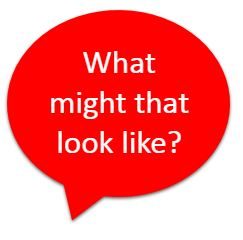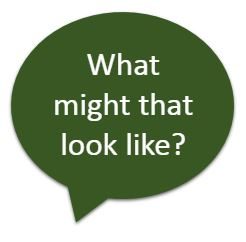| EARLY LEVEL | TECHNOLOGIES | |
| Experiences and Outcomes | Benchmarks | |
| Organiser – Digital Literacy | • Demonstrates an understanding of appropriate behaviour and language in the digital environment.
• Demonstrates an understanding of the importance of passwords and passcodes for example access to school building |
|
|---|---|---|
| Cyber resilience and internet safety | ||
| I can explore, play and communicate using digital technologies safely and securely.
TCH 0-03a Link to Mental, social, emotional & physical wellbeing HWB 0-16a & 0-17a
|
||
 |
Progression |
|
| For a range of purposes across my learning & play, I can/am able to | For a range of purposes across my learning & play, I can/am able to | For a range of purposes across my learning & play, I can/am able to |
| Talk about how people communicate using the internet e.g. messaging, email, Twitter, Facebook, Skype & other familiar means of communication or “social media”. | Help to compose & send messages digitally (supervised) e.g. for a real-life purpose such as arranging a visit, ordering supplies for snack, etc. | Make appropriate use of digital communication methods to complete tasks across the curriculum e.g. taking part in a Skype session with another class, collaboratively composing Tweets about our work. |
 From Education Scotland National Improvement Hub “What digital learning might look like”: From Education Scotland National Improvement Hub “What digital learning might look like”:
* “Take part in a video call, using Skype for example,or use a video channel to record and share ideas, such as with Flipgrid. This could be used to let learners hear from learners or experts in another country or to share their own learning, such as about their own community or to find out about foreign communities,cultures and languages. |
||
|---|---|---|
| Through real-life experiences & play, explore & begin to understand how digital technologies keep us safe e.g. key pads, passcodes, buzzers, CCTV cameras, etc. | Through real-life experiences & play, explore & understand ways in which we can keep ourselves & others safe & secure. | Show that I can use appropriate language & safe behaviour when using digital communication methods. |
| With support, explore how to keep myself & others safe online e.g. what should remain private, what should & should not be shared. | With support, continue to explore & begin to give examples of things I should not say or share online e.g. photos, videos or information about myself or others. | With support, begin to use passwords & codes to access familiar online services e.g. Borrow Box, Bug club, Education City |
 From Education Scotland National Improvement Hub “What digital learning might look like”: From Education Scotland National Improvement Hub “What digital learning might look like”:
“When learning about staying safe on digital devices learners might: * Discuss how they use online services,such as YouTube and games, and how they see adults in their life using them: |
||
|
|
||
|
|
||
|
|
||
|
|
||
